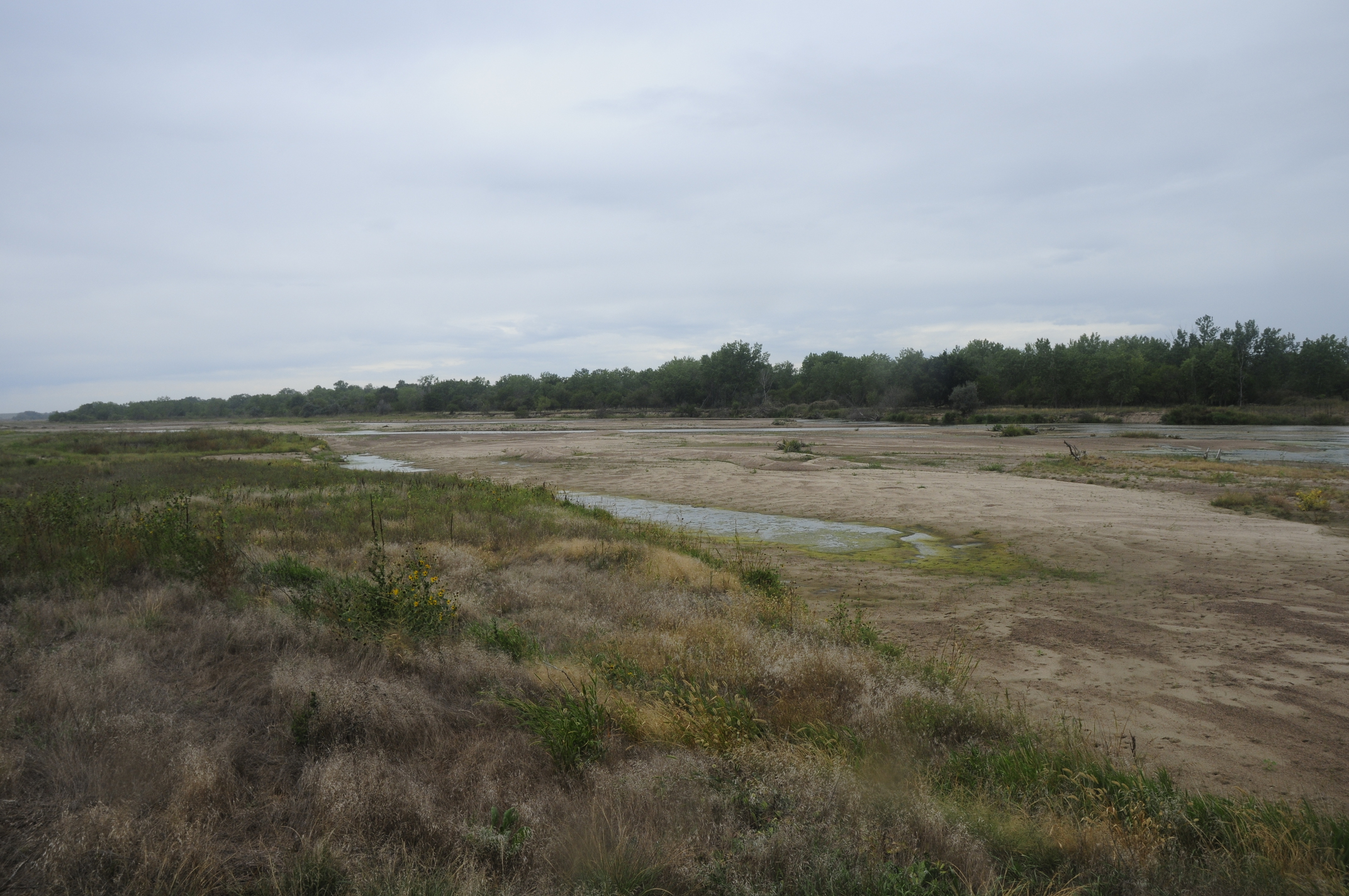Floodwaters: impacts downstream
Flooding occurs when water rushes into a watershed too quickly for the surrounding land to absorb. This can be caused from severe precipitation events (as in this example), snow melt, or storms. Surfaces in the watershed such as parking lots, roads, roofs, and other concrete structures don't absorb excess water as well as permeable substrate like grasslands, forests and especially wetlands do.
Water from high precipitation events can act like a broom, sweeping oil, pesticides, detergents, fertilizer and other contaminants into the river. Storm-water runoff, if left untreated, has harsh consequences on our freshwater resources, aquatic life, and ecosystem health.
Flooding on the Platte
In September 2013, hundreds of miles upstream from this location, record-breaking rain flooded areas of Colorado. In just a few days the rain exceeded Boulder County's average annual precipitation of 20.7 inches. The flooding in central Nebraska was reduced in part by the Platte's wide braided channels allowing dispersion of the water, and the sandy highly permeable substrate. Even though the flood's impacts were less than upstream, visible and less obvious changes still occured.
How did heavy rains, hundreds of miles upstream, affect the Platte River here at Plum Creek Complex near Overton, NE?
Interactive Graphics
Hover over the charts to change images and view measurements.
